Hot Wax vs Strip Wax - What's the Difference?

Strip Wax vs Hot Wax: What Are the Differences?
So, just what are the main differences between strip wax and hot wax?
Strip wax is the method that most people think of when it comes to waxing. This type of wax is runny and using a disposable spatula, beauty therapists will apply a thin layer of the wax onto the skin where the hair is to be removed. The waxer will then immediately rub disposable wax strips against the wax and quickly peel it off, removing both the wax and the hair.
Meanwhile, hot wax has a much thicker consistency and is also applied to the skin in thicker layers. The wax is then left to harden and when ready is peeled away without the use of a wax strip.
Pros and Cons
There are advantages and disadvantages to both waxing methods.
Strip Wax
The advantage of using strip wax is that it is a much quicker process and since it uses less wax and takes less time, it’s also more efficient, making it ideal for covering larger areas of the body such as the back or legs, for example. However, a major disadvantage is that strip wax grips strongly to both the hair and the surrounding skin so when used on sensitive skin or used incorrectly, the removal of the wax can lead to skin damage, such as bruising or even tearing. It can also increase the risk of ingrown hairs.
Hot Wax
Hot wax requires a level of expertise so it’s recommended that novice waxers don’t try it at home and instead opt for hot wax treatments at a reputable salon. This method of waxing can be a messier, more time-consuming process and your waxer will need to ensure the wax is at the perfect temperature for the treatment to work properly and to avoid damaging your skin.
On the other hand, hot wax dilates pores and many people report that this makes the hair removal more comfortable and less painful and it also makes hot wax more suitable for thick, coarse or stubborn hairs. Hot wax is perfect for smaller body areas such as the face or bikini line.
Which Method Is the Least Painful?
While it’s true that hot wax opens the pores more, meaning hair can be removed with less resistance (and therefore pain) that doesn’t mean hot wax is the better option of the two.
Hot wax is ideal for waxing intimate or sensitive areas, such as the eyebrows, underarms or bikini line, where it is the least painful of the two methods. However, hot wax doesn’t work as well on thinner hairs, so when it comes to large surface areas such as arms, legs and back, it probably wouldn’t be any less painful than using strip wax. In fact, it would take so much time to apply the wax to a large area and then wait for it to harden that psychologically, it might feel more painful overall due to the waiting and anticipation!
In conclusion, hot wax may be less painful for small, sensitive areas but when it comes to waxing, a little discomfort is to be expected with both methods and which you choose will depend on your skin and hair type, the area being waxed and your own personal preference.
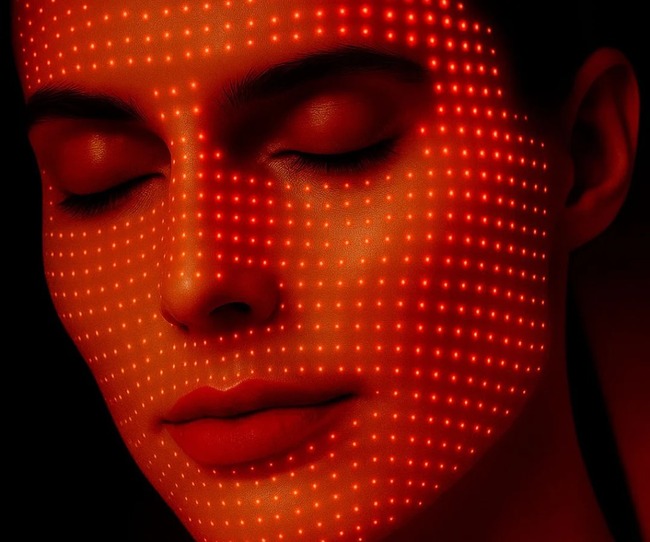
Yes, LED Masks Work. Here’s How Red Light Therapy Visibly Reduces Wrinkles and Boosts Collagen
The use of LED face masks has shifted recently from a beauty routine for celebrities to a daily s...
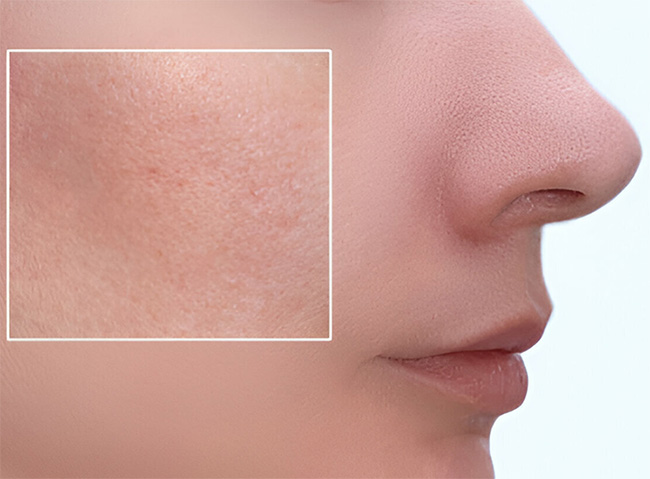
Understanding Pore-Clogging Ingredients
Skincare is important. The skin needs care every day.
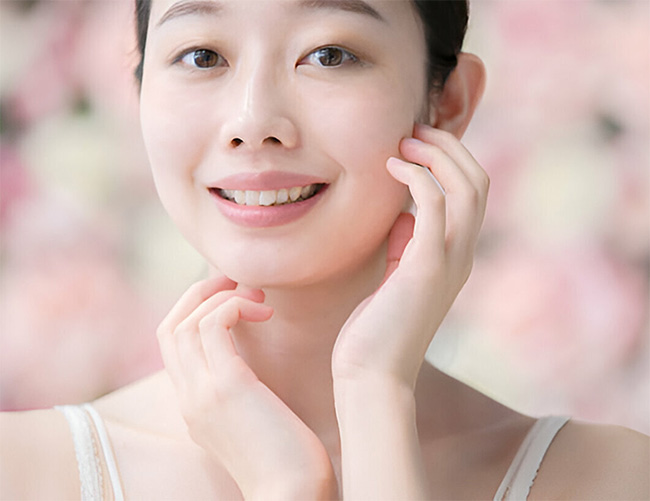
K-Beauty: More than Just a Trend, A Skincare Revolution
K-Beauty has taken the world by storm, filling bathroom cabinets with sleek packaging and innovat...

Best Moisturizers in Pakistan Approved by Dermatologists
Skincare is no longer just a trend, it’s a vital part of maintaining healthy, glowing skin.
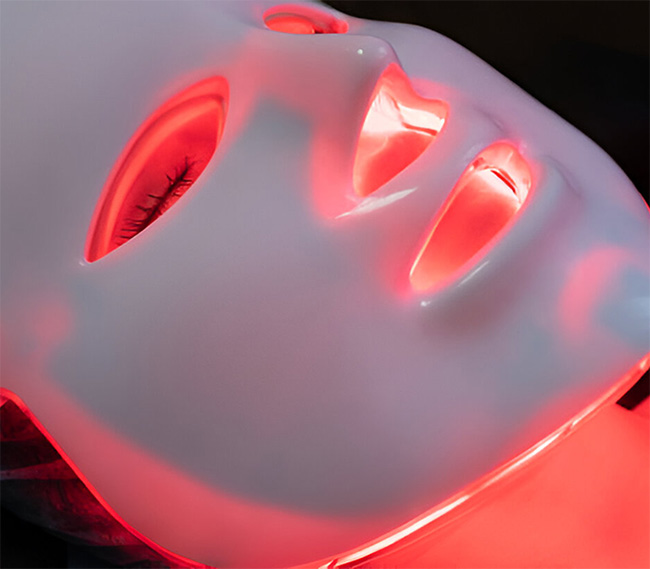
11 Things to Keep in Mind While Choosing LED Light Therapy Mask
LED light therapy masks are a game-changer in the world of skincare. From reducing acne and infla...

How I Improved My Chronic Dark Circles With Skincare and Lifestyle Changes
I have had evil dark circles almost all my life. During my teens, I tried to use whatever product...

Best Skin Care Routines You Need During Workouts
Working out is not just great for your body and mind, it can also be amazing for your skin!

Best Hair Removal Methods in Winter and How to Maintain Smooth Skin
Winter brings cozy sweaters, warm scarves, and boots, but it also often leads to dry, flaky skin,...

My October Skincare and Makeup Routine for Glowing Skin
As the cooler, crisper air of October sets in, it’s the perfect time to switch up your beauty rou...

How Can Senior Women Maintain Soft and Supple Lips?
Keeping lips soft and smooth gets tougher with age.

26 Clean Beauty Products, I love For Skin, Makeup, Hair, Body and Nails
Clean beauty products are those formulated without potentially harmful or toxic ingredients, focu...

What are Korean Sunscreens? Why You Need to Try Them?
In recent years, Korean skincare has taken the global beauty industry by storm, and one of its st...

Why You Need Overnight Collagen Mask For Flawless Skin
The overnight collagen mask has become quite popular and all for the right reasons.

5 Beauty Hacks That Will Make You Look Younger
We live in a world where everyone is on a constant quest to look youthful.
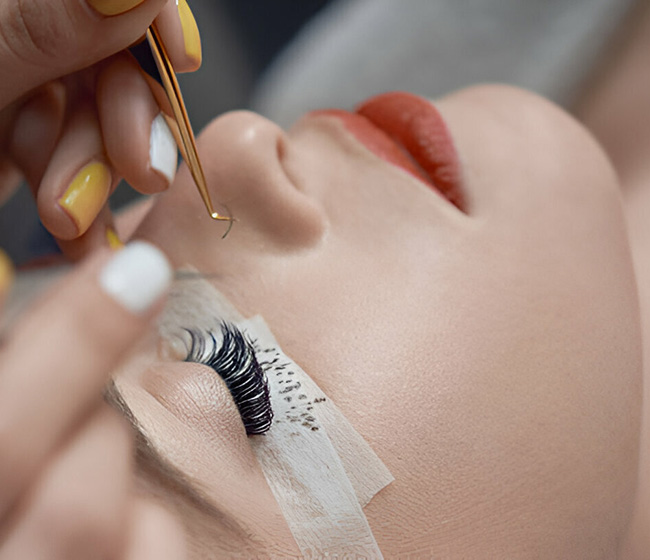
The Importance of Prepping Artificial Lashes Before Eyelash Extension Application
Proper preparation of artificial lashes before eyelash extension application is crucial for achie...
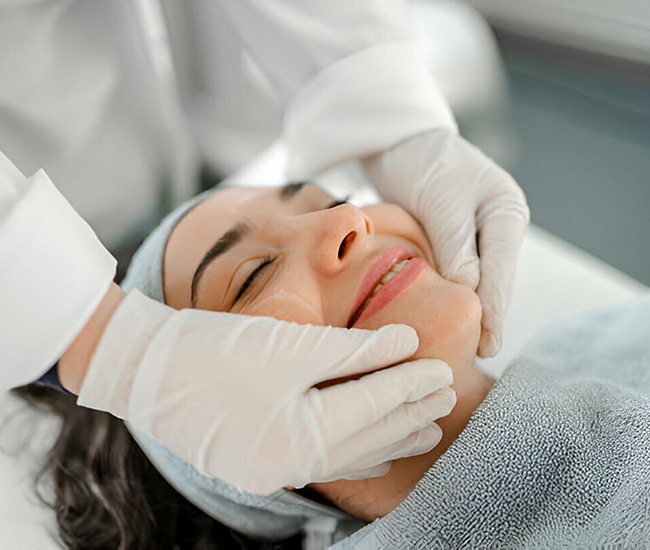
How to Choose the Right MedSpa Treatment for Your Skin Type
Choosing the right MedSpa treatment for your skin type is an essential step toward achieving your...
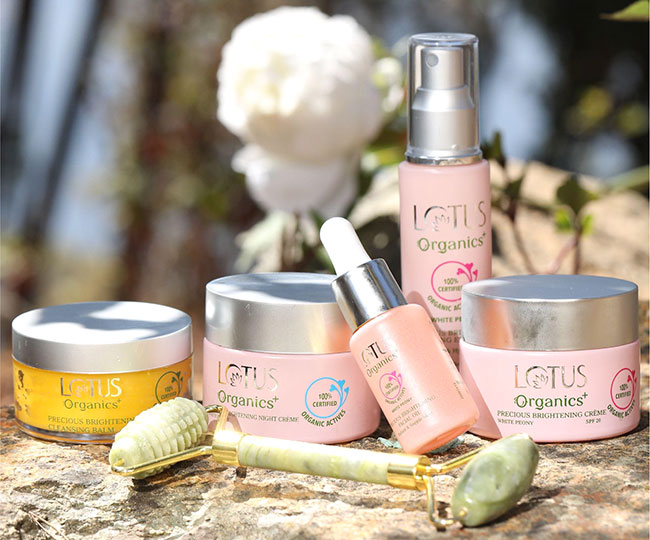
10 Key Pointers to Consider While Choosing Organic Skincare Products
The world of skincare is not just about looking good. It is also about being self-conscious of wh...
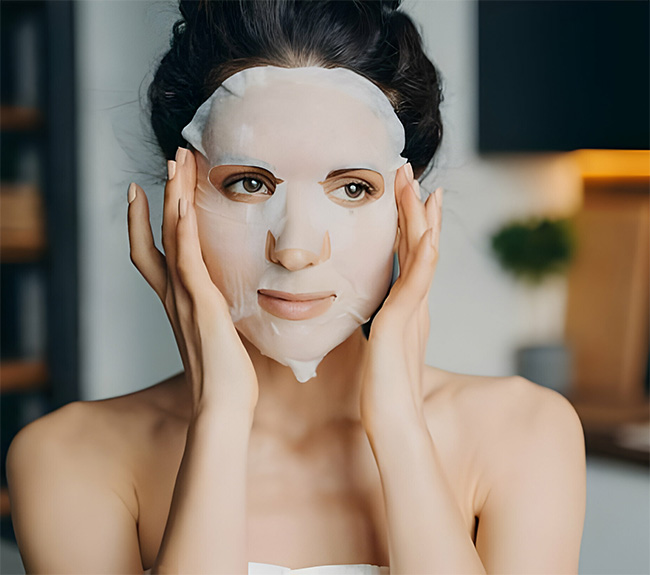
How to Choose Face Mask for Your Skin Type
I love masks. They’re the perfect combination of pampering and skin rejuvenation, providing a hos...

The Power of Minimal Skincare for Healthy and Youthful Skin
Nowadays, our skincare routines often resemble complex chemistry experiments,
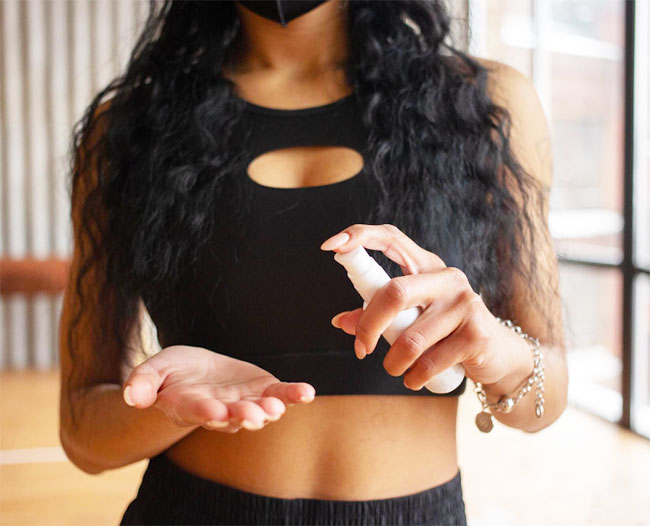
7 Benefits of Incorporating Moisturizing Body Spray into Your Skincare Routine
Do you want an easy and effective way to keep your skin soft and hydrated all day?
